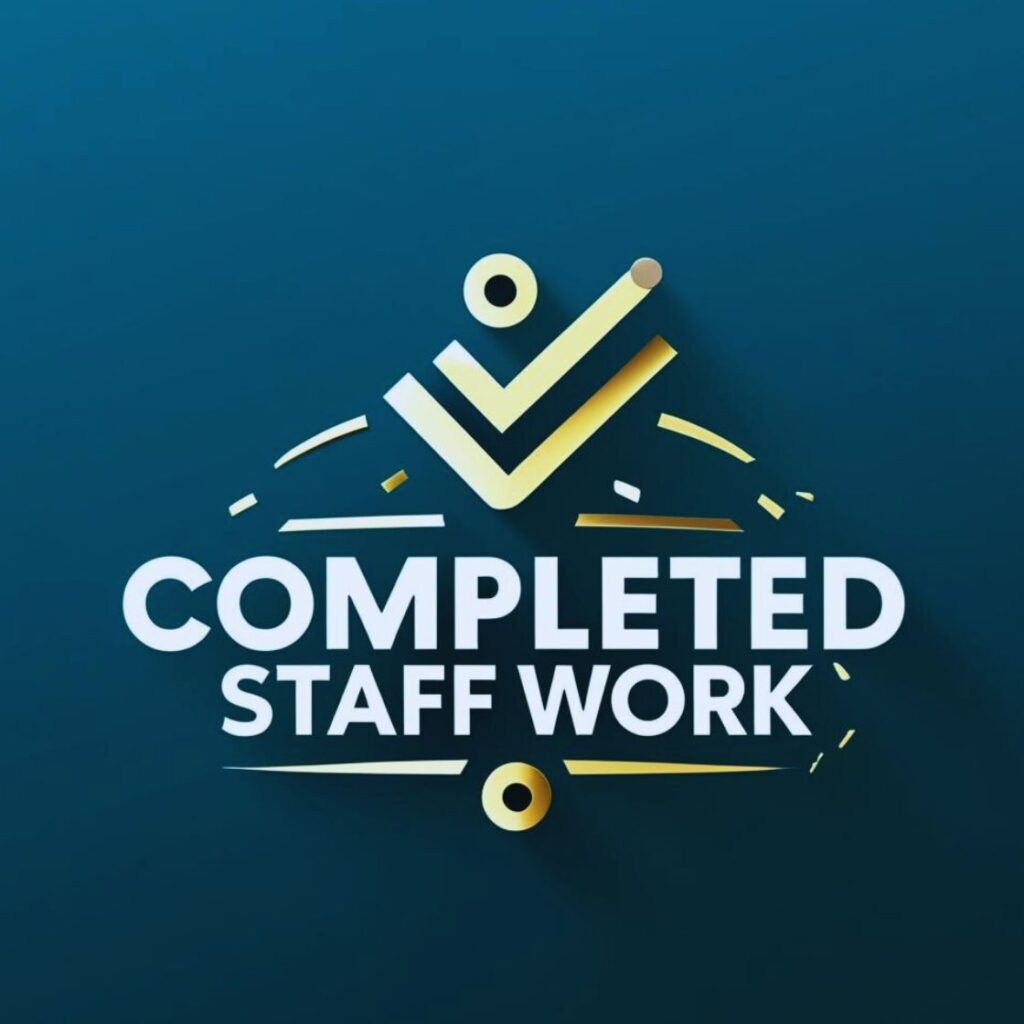Even if you’re used to doing all the talking.
Most leaders think they’re good communicators.
They talk clearly. They give instructions. They speak with confidence.
But communication isn’t leadership if it only flows one way.
And if you’re doing most of the talking, you’re probably missing the gold.
Because leaders don’t move people by talking more—they lead better by listening deeper.
The Leadership Skill That Looks Too Simple to Matter
Listening doesn’t get applause.
No one claps after a manager says, “Tell me more.”
It won’t trend on LinkedIn.
But it will change everything.
Because the moment a leader actually listens, the dynamic shifts:
- Trust shows up.
- Defensiveness fades.
- Ideas surface.
- Problems get solved before they get loud.
People stop performing.
They start contributing.
What Is Listening, Really?
Listening isn’t silence. It’s not waiting for your turn to speak.
It’s not multitasking with “I’m hearing you” energy.
Listening is leadership presence.
It’s when someone feels that—for these few minutes—you’re here, and only here.
When you listen as a leader:
- You give people space to be honest.
- You uncover what’s not being said.
- You learn things no report will tell you.
- You show people they matter—without having to say a word.
It’s the fastest way to build trust.
And the easiest way to earn influence—without forcing it.
When Listening Becomes a Leadership Advantage
Let me tell you about Rica.
She used to fill every meeting. She thought it was her job to set the tone, answer fast, and have the last word. Until she realized her team was silent. Not because they agreed—but because they had stopped trying.
So she tried something different.
At her next meeting, she started with one question:
“What’s one thing we should talk about but never do?”
Then she stayed quiet.
It was awkward at first. Then it was electric.
Someone brought up a system that wasn’t working.
Another shared how two teams were working against each other.
She just nodded, took notes, and asked, “What do you think we should do next?”
That day, Rica didn’t lead by being the smartest voice in the room.
She led by becoming the most curious.
Listening Isn’t Passive. It’s Active Leadership.
It’s a strategy. A decision. A posture.
And it’s most powerful when it’s least expected.
- When someone messes up—listen first.
- When you disagree—ask one more question.
- When people hesitate—give them space, not pressure.
- When emotions are high—slow down, don’t talk over.
Listening doesn’t slow things down.
It speeds up the right things: clarity, trust, alignment.
The Shift You Can Make Today
You don’t need a script to start leading through listening.
You just need three things:
- Presence — put down your phone, close your laptop, turn your face toward the person.
- Curiosity — ask open questions: “What do you think?” “What’s your take?” “What am I missing?”
- Restraint — hold back your advice. Give them a minute more. Let the silence do the heavy lifting.
You’ll be surprised how much your team already knows—if you’re ready to hear it.
Lead Through Listening—Even When It’s Easier to Talk
The world is noisy. Everyone’s talking. Everyone’s pushing.
But the best leaders? They’re the ones asking the right questions, then actually listening to the answers.
It’s not about staying quiet.
It’s about staying connected.
So if you’re looking for one simple way to lead better—start here.
Not with a new system.
Not with a new tool.
But with two ears, one mouth, and the presence to use them well.
What’s Your Take?
Where in your leadership are you speaking too soon—and listening too little?
If this topic stirred something in you, I’d love to hear it.
And if you’re facing a real challenge around communication or team trust, reach out.
Sometimes, one conversation leads to a breakthrough.
There might be a learning solution—webinar, workshop, or coaching—that fits where you are right now.
Let’s explore it together.



